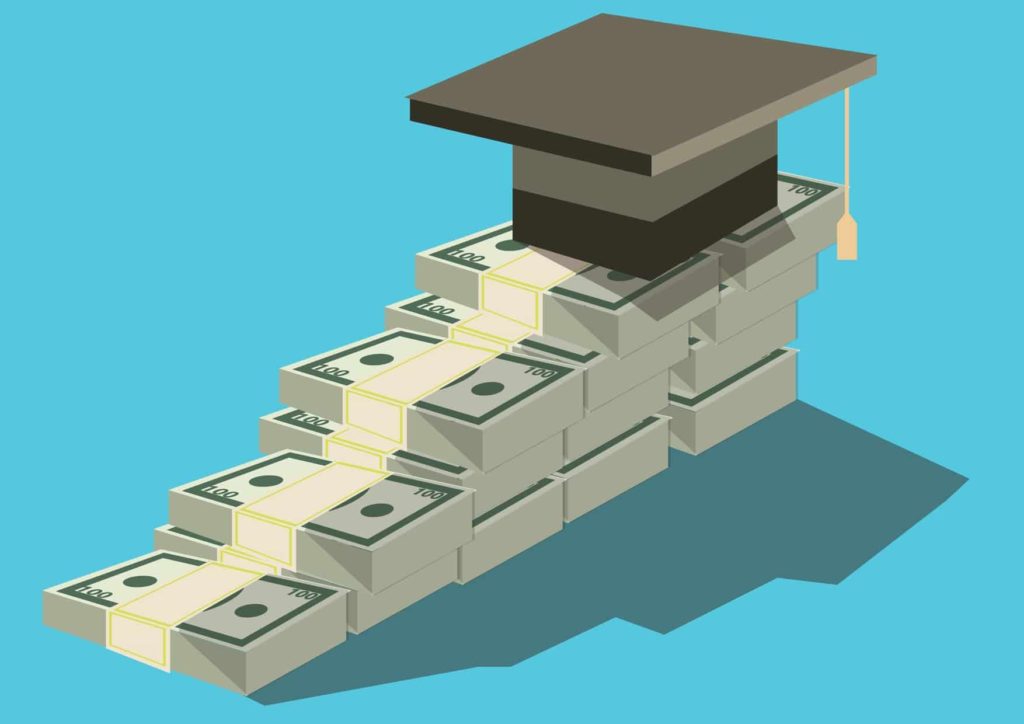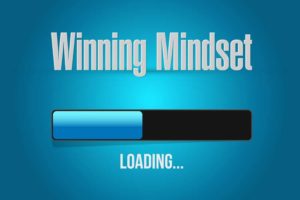
How Do Student Loans Work in Canada?
Spending both your money and your time on post-secondary education can be an investment that lasts a lifetime. However, it can also be a costly endeavour.
With the average cost of approximately $6700 per year for an undergraduate degree and $7500 for post-graduate education, many Canadian students must seek some form of financial aid.
Fortunately, in Canada, there are resources to help students pay for college and university utilizing provincial and federal government student loan programs.
What is a Student Loan?
In Canada, a student loan is financing the provincial and federal government provides to help pay your college or university tuition. It may also cover other expenses, such as funds to cover textbooks, educational supplies, food, housing, and transportation. It is available for both part-time and full-time students.
Benefits of Student Loans
Education can be a critical component in building your future financial security and achieving the dream of a satisfying career. For individuals who don’t have the financial ability to pay for school independently, obtaining a student loan may be the only way to attend post-secondary education.
Professional occupations like doctors and lawyers have the expensive added cost of post-graduate education. The cost of attending medical school in Canada can be upwards of $100,000, putting it out of reach for many students unless they gain financial help. For them, taking advantage of the student loan system can make getting a doctorate possible.
How do I Qualify for a Student Loan?
The Student Aid Estimator is a free online tool provided by the federal government to determine if you qualify for the Canada Student Loan Program (CSLP) and how much loan and grant money you may be eligible to receive.
When you are ready to apply, you can do so online through the National Student Loans Service Centre (NSLSC). Use your NSLSC account to confirm enrolment, change your address or banking information, make onetime payments against your loan, set up pre-authorized payments, and check your loan balance.
Is it Hard to Get a Student Loan?
The application process is straightforward but does require some personal information. So, before you apply, be prepared to supply details regarding the following:
- The province in which you reside. Not all provinces or territories participate in this program. Specifically, Quebec, the Northwest Territories, and Nunavut offer their own financial assistance programs.
- The tuition cost for your program
- Your family income: You must demonstrate you have a financial need for the loan.
- If you have a disability, as the enrolment criteria are reduced for students with permanent disabilities.
- If you have any dependents
You apply for both the provincial and federal loans on the same application and through your province or territory’s student financial assistance office. A credit check is not required if you are under the age of 22.
You are expected to maintain a satisfactory level of academic standards in order to continue receiving government financial aid.
How Much Does a Student Loan Cost?
All student loans will have added interest applied to them. For example, if the rate for federal student loans is 2.5% plus prime (the average bank prime rate in Canada, say 3.5%), the cost of borrowing will be 6%, which will be added to the amount of funds you received (principal) through the loan. Repayments are due beginning six months after the student finishes school.
Are Student Loans Interest-Free While in School?
Yes, but only if you are a full-time student. In that case, the federal government will pay the interest accruing on your student loan. Additionally, you have a six-month no-payment period after finishing school in which no interest will accrue.
However, this does not apply to part-time students. They will be responsible for the interest costs for their education even while attending.
If you are a reservist in the Canadian Forces on tour during an officially designated operation, you can delay your student loan repayment and interest.
Are Student Loans Considered Good Debt or Bad Debt?

Student loans are considered to be good debt as they are an investment. The idea is that they are an investment in yourself and your education that will provide a good return down the road.
Any education you receive will allow you a better earning opportunity which will pay back the loan. In other words, if you use your loan wisely, you should be able to better yourself and make the loan a positive investment.
If used correctly, this loan shouldn’t lose value over time as most bad debts do.
When is the Deadline to Apply for Student Loans?
The cut-off date to apply is six weeks before your classes begin. Ideally, you should apply at least 60 days before to allow ample time to approve your application and create a financial plan with the eligible funds. You don’t have to be accepted into your program to begin the application process.
Once you receive your notice of assessment (NOA), you will need to sign a Master Student Financial Assistance Agreement (MSFAA). The MSFAA is a multi-year, legally binding contract. Review the details and conditions to ensure you fully understand your responsibility. You only have to complete this process once.
How to Avoid Student Loans
There are other ways to pay for your post-secondary education than acquiring a student loan, even if you are in financial need. Along with the Student Loan Program, the government also offers the Canada Student Grants Program (CSGP).
You apply for both the grant and loan programs on the same application. Students do not have to repay any grant monies they receive.
Some students are awarded scholarships through academic, athletic, or artistic efforts and sometimes on the basis of special interest. These funds are gifted to the student at no financial cost but require ongoing academic standards in order to be continued.
A student may also qualify for educational funds at no cost from private corporations as well as the government. Considered a type of social assistance, they can cover both post-secondary school and other training programs. However, these funds may not cover living and transportation expenses.
Some provinces offer a registered education savings program (RESP), an account used to save for post-secondary education. It is often set up by parents when their children are young. The person who sets up the account is referred to as a subscriber. They name a beneficiary of the account, generally their child.
The subscriber makes contributions to the program, which earns interest. Then, when it is time for the beneficiary to go to college or university, the beneficiary draws from these funds to pay for their education. The income earned on RESPs is taxable and must be claimed on the beneficiary’s tax return.
Of course, if you can financially save enough funds to pay for your post-secondary education, you will not require financing to pay tuition and expenses. However, even if you don’t have enough money on hand but can earn income while in school, you could repay your loan as you go.
Financially, the result is similar to having saved the funds beforehand, and you will have avoided paying any interest.
By: Robert Puharich | December 29, 2021 |






Pingback: 13 Reasons to Save Money as a Teenager - Teen Learner
Pingback: Financial Literacy for Teens | Why does it Matter? - Teen Learner
Pingback: 7 Creative Ways to Pay off Student Loans - Teen Learner